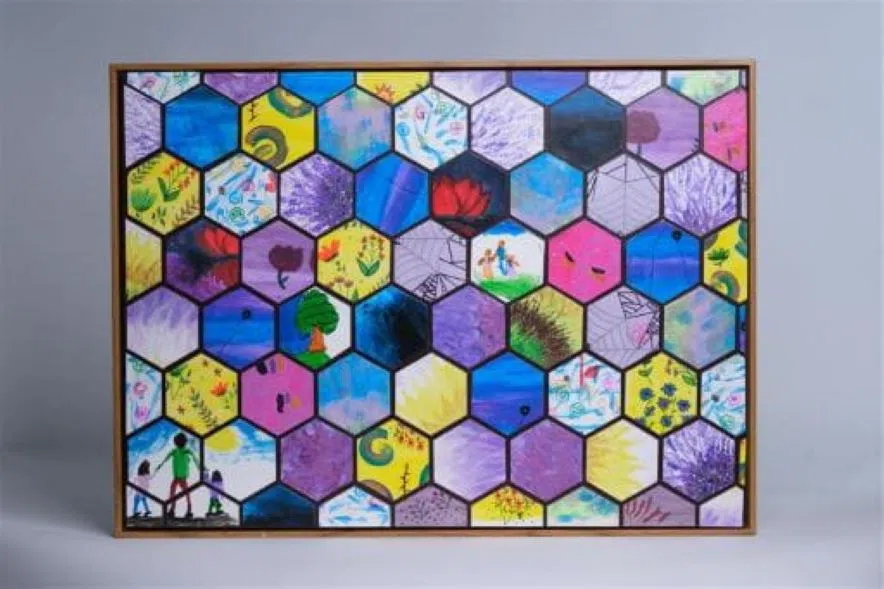Saskatchewan has high rates of violence against women, with Indigenous women facing an even greater risk.
Recent RCMP data shows a 13 per cent rise in reports of domestic violence crimes in the province over the past five years. In 2023, more than half of the violent offences RCMP responded to involved intimate partners or family members.
On Friday, the province released an update on its progress in the six years since the Final Report of the National Inquiry into Missing and Murdered Indigenous Women and Girls, highlighting steps it says have been taken to address the issue.
“Our government is committed to addressing the critical issue of missing and murdered Indigenous women and girls and creating safe communities for all Saskatchewan residents,” Justice Minister and Attorney General Tim McLeod stated in the release.

Federation of Indigenous Sovereign Nations’ third vice chief Aly Bear speaks on the National Day of Awareness for Missing and Murdered Indigenous Women, Girls, and Two-Spirited people in Canada in Saskatoon, Sask., on Friday, May 5, 2023. THE CANADIAN PRESS/Heywood Yu
The release highlights that Saskatchewan signed on to the federal National Action Plan to End Gender-Based Violence in 2022. The following spring, the province marked Missing Persons Week and Red Dress Day as part of its ongoing awareness efforts.
The Missing and Murdered Indigenous Women and Girls+ (MMIWG+) Community Response Fund continues to provide $800,000 annually to Indigenous-led prevention and safety projects, with half the funding coming from Women and Gender Equality Canada. To date, 59 projects have received grants of up to $40,000 each.
The province also launched a campaign aimed at raising awareness of human trafficking in Saskatchewan. The Family Information Liaison Unit also continues to help families navigate government processes related to missing and murdered Indigenous women and girls.
Read More:
- Vintage quilts, modern coats: A Saskatchewan crafter’s cozy transformations
- Sask. seeding at 97% complete, but many areas report no rain: Crop Report
- Rain expected to hit wildfires in northern Sask. this weekend
In the past year, police located the remains of Mackenzie Trottier in Saskatoon’s landfill. In Winnipeg, the woman previously known as Buffalo Woman was identified as Ashlee Christine Shingoose. She was one of four women killed by Jeremy Skibicki in 2022.
The national inquiry issued 231 calls for justice to address violence against Indigenous women and girls in 2019.
In 2024, the Assembly of First Nations released a progress report, indicating that only two calls for justice impacting First Nations have been fully addressed, while many others have seen minimal or no progress.

Domestic homicide victims’ families and loved ones from the cases reviewed were invited to develop this memorial for those lost. “This memorial expresses loss, grief and memories. It also depicts hope for the future and for change.” (Government of Saskatchewan)
That same year, Aboriginal Alert added 1,324 missing persons alerts involving Indigenous people to its website. Manitoba, Alberta, Saskatchewan and Ontario each had more than 200 missing alerts. While Manitoba recorded the highest number of alerts, the Indigenous awareness network reported that Ontario and Saskatchewan had the most active cases still unresolved.
The Saskatchewan government says everyone plays a role in ending violence and reminds the public that applications for the MMIWG+ Community Response Fund remain open.
“Indigenous women make up 16 per cent of all female homicide victims and 11 per cent of missing women, yet Indigenous people account for only 4.3 per cent of Canada’s population,” the Assembly of First Nations noted.











